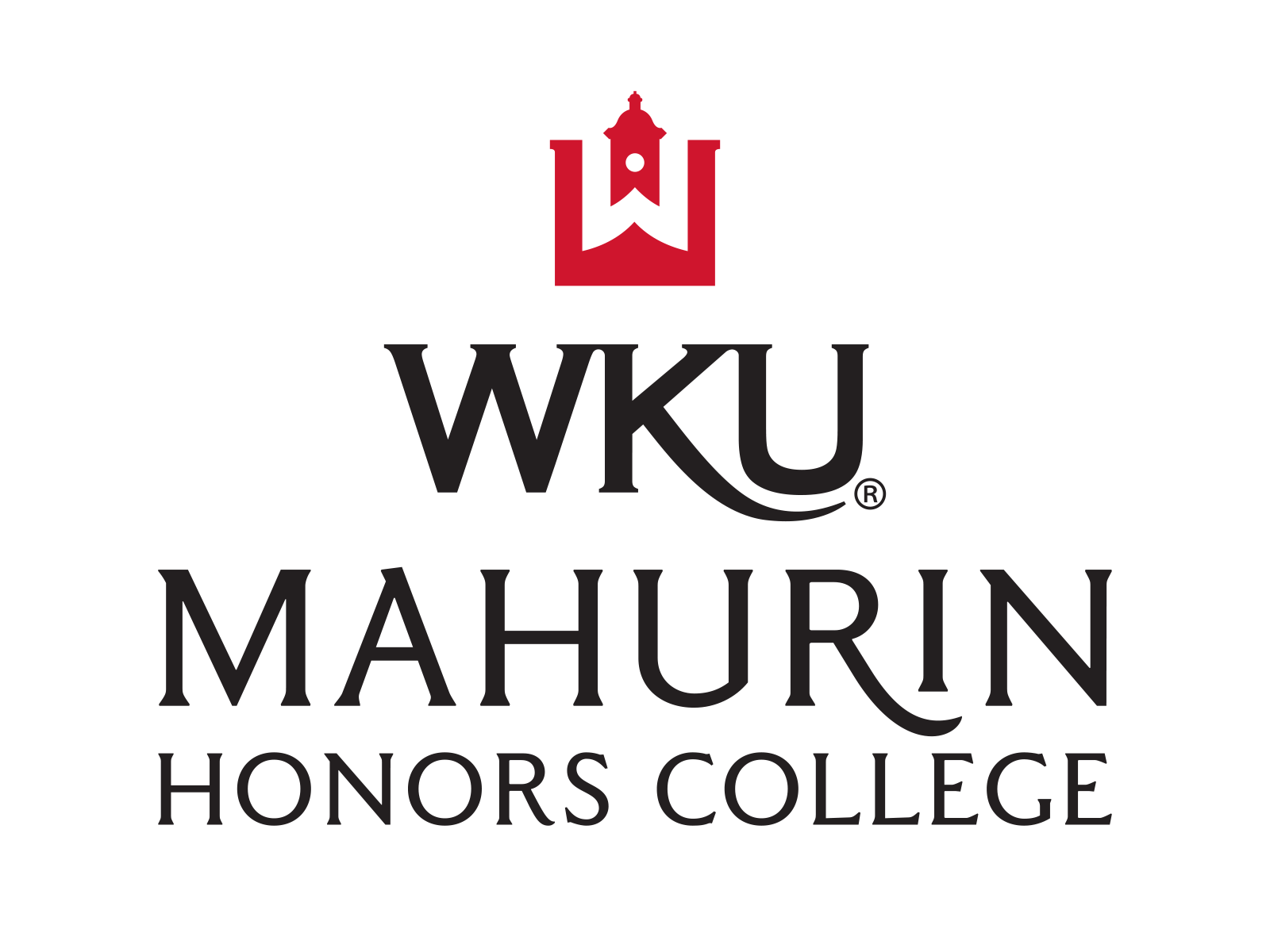
Mahurin Honors College Capstone Experience/Thesis Projects
Department
Biology
Document Type
Thesis
Abstract
Scanning electron microscopes (SEM) give researchers the ability to observe very small features on biological specimens at the nanometer scale, which is a much higher resolution than what can be obtained with a light microscope. To be observed under SEM, unlike light microscopes, samples must be dry, conductive, and able to withstand electron bombardment. Preparation methods have been developed that work well for samples composed mainly of proteins and lipids, but these fail for samples that are predominantly carbohydrates, such as bacterial biofilms. When carbohydrates of these biofilms are dehydrated, they tend to shrink and collapse, and their normal hydrated structure is lost.
In this study, we sought to reduce carbohydrate shrinkage during dehydration by replacing the water with a substance that would not evaporate in the vacuum of the electron microscope - a room temperature ionic liquid (IL). ILs are molten salts at room temperature that are conductive and have a negligible vapor pressure. We evaluated existing methods and developed a protocol for preparing carbohydrate-containing samples for electron microscopy using ILs. Samples prepared with standard methods and the novel IL method were viewed in the electron microscope to compare the quality of preservation. The use of ILs for preparing biofilms for observation by SEM removes the need for dehydration and drying of samples – eliminating shriveling and cutting preparation time in half. Specimens prepared using ILs were able to be focused at magnifications of 200,000x, and high-resolution images were captured at 50,000x with no charging. We found that using ionic liquids to prepare biofilm specimens could provide structural preservation superior to current methods. Even if not superior, the simplicity and low cost of preparation methods involving ILs could make them useful for efficiently obtaining preliminary images of biofilms and could prove valuable for use in both academic and industrial settings.
Advisor(s) or Committee Chair
John Andersland, Ph.D.
Disciplines
Biology | Biotechnology | Microbiology
Recommended Citation
Shreve, Molly, "Evaluation of Ionic Liquid Treatment as an Alternative to Chemical Fixation and Dehydration in the Preparation of Biofilms for Scanning Electron Microscopy" (2023). Mahurin Honors College Capstone Experience/Thesis Projects. Paper 1005.
https://digitalcommons.wku.edu/stu_hon_theses/1005
Included in
Biology Commons, Biotechnology Commons, Microbiology Commons

Comments
This CE/T is currently under embargo.